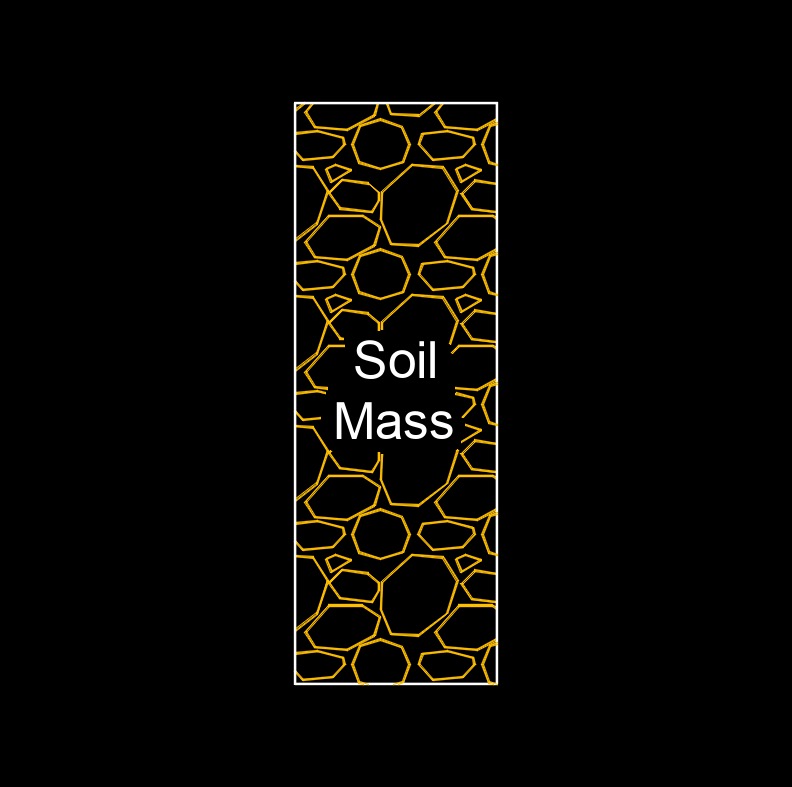Void
 Voids in soil refer to the empty spaces or gaps between soil particles. These voids can be filled with air or water, depending on the moisture content of the soil. The concept of voids is crucial for understanding the behavior and properties of soils.
Voids in soil refer to the empty spaces or gaps between soil particles. These voids can be filled with air or water, depending on the moisture content of the soil. The concept of voids is crucial for understanding the behavior and properties of soils.
Voids in Soil are Classified into Two Main Types
- Voids of Volume - Also known as total voids or total porosity, represent the total volume of empty spaces within a soil sample. It is expressed as a percentage of the total volume of the soil. Voids of volume include both air-filled voids and water filled voids.
- Voids of Water - Also called water filled voids or water content, represent the volume of empty spaces that are filled with water. It is expressed as a percentage of the total volume of the soil.
The void ratio is another important parameter related to voids in soil. It represents the ratio of the volume of voids to the volume of solids in a soil sample. The void ratio provides insights into the compaction characteristics, compressibility, and permeability of the soil. Understanding the voids in soil is crucial for various geotechnical engineering applications, such as determining soil porosity, estimating water-holding capacity, analyzing soil settlement, and predicting soil behavior under different loading conditions.

